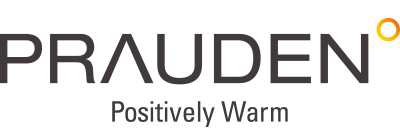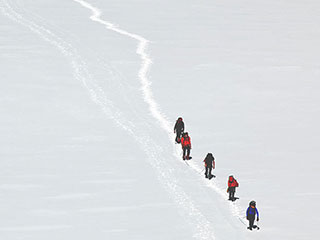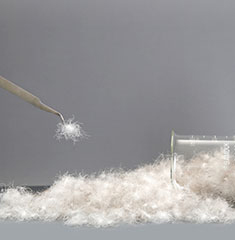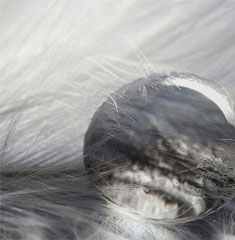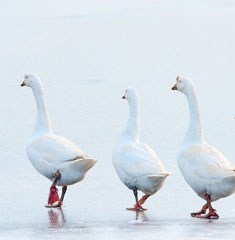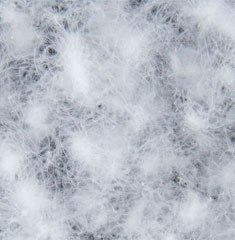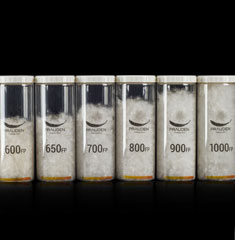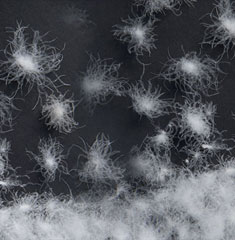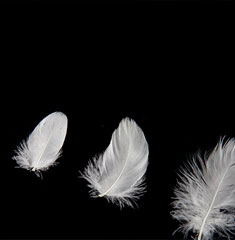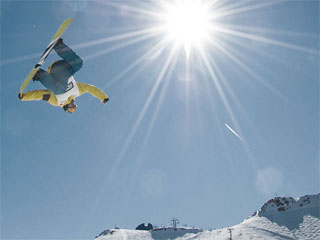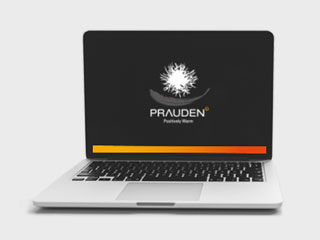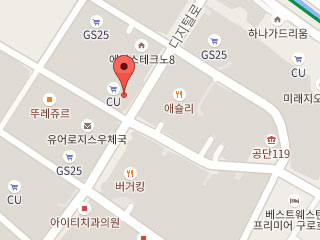
How to Choose Good Down Bedding Part II – Labeling Standards
2017-03-23
Some records show that the nobility of England during the Renaissance made comforters and pillows from feathers of swans living in the Thames in the 16th century. Down & feather products have been widely used in the US and Europe for over 400 years. As waterfowl breeding and down & feather processing technology have been developing with a long history of the down industry, each country has established its own labeling standards of down & feather products. In Korea, the Korean labeling standards (KS) were established in 1993, led by the Korea Apparel Testing & Inspection Institute (currently Korea Apparel Testing Research Institute) under the Industrial Advancement Administration. At that time, Pan-Pacific, the parent company of PRAUDEN, participated in making the standards as Korea’s representative down & feather processor. The Korean labeling standards have been widely used and maintained up to now.
With diversified distribution routes including home shopping, parallel import, and cross-border shopping, various products not following the Korean labeling standards are distributed, causing consumers to become confused. Some goose down comforter brands were found not to meet standards by recent tests conducted by the Korea Consumer Agency. They were found to have sold imported goose down comforters without modifying product labels according to the Korean labeling standards.

<Unreliable goose down comforters, one out of three has a 50% or less goose down content>
Source: MBC NEWS
90% down products actually have a down-to-feather ratio of 71.25%?
 *Units shown as percentages. The down-to-feather ratio (%) shows the minimum standard.
*Units shown as percentages. The down-to-feather ratio (%) shows the minimum standard.
* ‘-’ means not applicable.
<Actual down cluster content by country>
Although all down & feather products sold in Korea should be relabeled according to Korean labeling standards (KS) under Korean law, many imported products are distributed with foreign labels. Many consumers are confused by products labeled as 100% down products. Even though the labeling standards define 100% down, it is considered not possible to produce because fibers and dust separated from down cluster during processing and production are unavoidably mixed in. According to the Korean labeling standards, European 100% down products are 90% or 95% down products in Korea.

Similar situations happen in 90% down and 80% down products. Even though the labels show the same down-to-feather ratio, the amount of down actually contained varies. As shown in the table above, the amount of down (cluster) actually contained in 90% down products may differ by up to -9.05% according to the labeling standards of Europe and Switzerland, and by up to -22.5% according to the labeling standards of Canada.
Duck down contained in goose down products?
The goose down to duck down mixing ratio, also called “species identification,” refers to the amount of goose down, compared to the amount of down & feather. Duck down is naturally mixed in goose down during collecting and processing and it is difficult to distinguish them. The mixing ratio can be confirmed with the species identification. Products labeled “Goose” may contain duck down up to 30% depending on the labeling standards of countries.
 *The ratio above (%) shows the minimum standard.
*The ratio above (%) shows the minimum standard.
*N/A means “Not Applicable”.
<Different species identification of down products by country>
The species identification of European goose down products accounting for a majority of imported bedding products is less 80% and these products should be labeled as duck down products in Korea. The goose down-to-duck down ratio of European products labeled “Goose/Duck” contain duck down up to 50%. Consumers should pay attention to species identification as well when purchasing down products.
Consumers should pay attention to information including class, turbidity, etc.
-Class (or Klasse)
Class is the down product labeling standards of Europe. Down & feather products are divided into Class I (5% or less), Class II (5%-15%), and Class III (15% or higher) depending on the amount of landfowl feathers, recycled down & feather, and residues. The important thing here is that products produced and labeled according to the Korean standards have an impurities content of 5% or less.

< Korean labeling standards of down & feather products – KS STANDARD – New KS Standards (KS K2620 : 2014)>
Source: Korea Standards & Certifications Integrated Information System
 < Waterfowl Down and Feather Product Classes (Labeling standards of Europe)>
< Waterfowl Down and Feather Product Classes (Labeling standards of Europe)>
Source: IDFL
It means that products following the Korean labeling standards are all CLASS I. The Korean labeling standards are known as one of the strictest criteria in the world. It is not meaningful to consider CLASS II since Class II products cannot be certified for KS.
-Turbidity
Turbidity is the measure of cleanliness of down. The turbidity of an aqueous extract indicates the presence of (both organic and inorganic) material on the surface of down and feathers. As the number below increases, the turbidity level decreases. Although each country has different turbidity standards, all products satisfying any of the standards are safe to use.
 *N/A means “Not Applicable”.
*N/A means “Not Applicable”.
<Turbidity standards by country>
-Others: The labeling sequence of down and feather products
Generally, the down-to-feather ratio is labeled “down/feathers”. (e.g., 90/10 = 90% down) However some brands cause confusion to consumers by changing the labeling order. If some products are too cheap, carefully check the label again.
As down bedding is expensive and can be used for over ten years, consumers should be careful when purchasing it. Although the size of the goose down comforter market in Korea exceeded KRW 6.3 billion in 2014 and its average annual growth rate is about 34%, it is still in the early stages. It means that the number of potential consumers is higher than the number of consumers who already purchased down bedding. PRAUDEN will provide more information so that consumers can purchase quality products by referring to the right labeling standards.
By PRAUDEN R&D Part, Oh Jun-jae/Yun Ji-won


